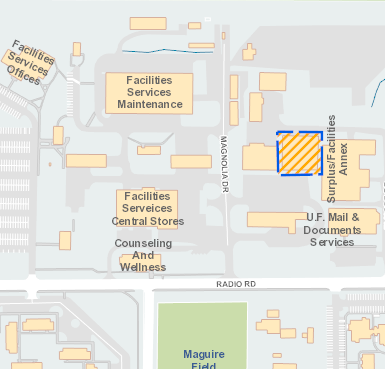- Homepage
- Departments
- Utilities and Energy Services
- Clean Water
- Sources of Pollution: Illicit Discharges
- Metals
Metals
 Small amounts of some toxic metals tend to accumulate in the food chain and can damage living things. Heavy metals, such as lead and mercury, can interfere with production of hormones and reproduction. Lead can further result in physical and mental developmental problems in children. Other metals, such as copper and zinc, are less dangerous to humans, but are toxic to aquatic life.
Small amounts of some toxic metals tend to accumulate in the food chain and can damage living things. Heavy metals, such as lead and mercury, can interfere with production of hormones and reproduction. Lead can further result in physical and mental developmental problems in children. Other metals, such as copper and zinc, are less dangerous to humans, but are toxic to aquatic life.
In the past, most toxic metal pollution came from mining activities and individual sources, such as wastewater-treatment plants and smoke-stack emissions. Federal and State regulations have resulted in the reduction of toxic metals from these sources, however metals still enter streams in runoff from cars, and from discarded trash. Metals tend to attach themselves to dirt and sediment, and thus, they are still present in the stream beds and banks of many urban streams.
Modified From:
U.S. Geological Survey. The effects of urbanization on water quality: Toxic metals. August 30, 2005.





